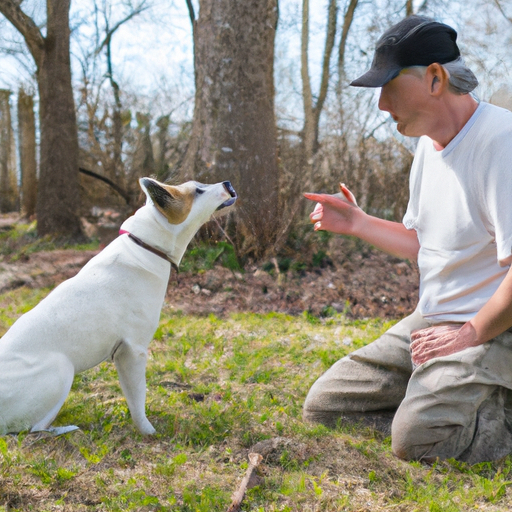Introduction
As a caregiver, you’re patient and nurturing — and that’s exactly what your dog needs from you. Training a dog not to bark can be a daunting task, but with the right approach, it’s entirely achievable. This guide will walk you through every step of the process, from understanding why your dog barks to implementing effective training techniques.
Understanding Why Dogs Bark
Your dog’s barking isn’t without reason. Dogs bark to communicate, express their feelings, or respond to their environment. Here are common reasons why dogs bark:
- Attention-seeking: Your dog may bark when it wants something from you, like food, play, or your attention.
- Boredom or loneliness: Dogs are social animals. They may bark excessively when left alone for long periods.
- Fear or anxiety: Unfamiliar sights, sounds, or situations can make your dog bark out of fear or anxiety.
Techniques to Stop Your Dog from Barking
1. Ignore the Barking
If your dog barks for attention, do not give it. Ignore your dog until it stops barking. Remember, patience is key.
- Step 1: When your dog starts barking, turn your back to it.
- Step 2: Only turn around and give your dog attention when it stops barking.
- Step 3: Reward your dog with praise or a treat for being quiet.
2. Remove or Modify the Barking Triggers
If certain situations or objects trigger your dog’s barking, try removing these or modifying your dog’s response to them.
- Identify the triggers
- Gradually expose your dog to these triggers
- Reward your dog for remaining calm
3. Teach your Dog the ‘Quiet’ Command
Teaching your dog a command to stop barking can be an effective way to control the noise.
- Step 1: Allow your dog to bark, then say “Quiet” in a calm but firm voice.
- Step 2: When your dog stops barking, reward it with a treat.
- Step 3: Repeat this process until your dog learns to associate the command with the action.
Using Positive Reinforcement
Positive reinforcement is a method of training that rewards good behavior. Using positive reinforcement to train your dog not to bark can be beneficial.
- Rewards: Use treats, praise, or toys as rewards when your dog stops barking.
- Consistency: Be consistent with your training. Reward your dog every time it stops barking on command.
- Timing: Reward your dog immediately after it stops barking to reinforce the connection between silence and rewards.
Dealing with Separation Anxiety
If your dog barks excessively when it’s alone, it may be suffering from separation anxiety. Here are some strategies to help your dog cope:
- Make departures and arrivals low-key: This can help reduce your dog’s anxiety.
- Provide mental stimulation: Leave toys or treat-dispensing puzzles to keep your dog busy while you’re away.
- Consider doggy daycare or a pet sitter: This can provide social interaction for your dog during the day.
When to Seek Professional Help
If your dog’s barking continues despite your best efforts, it may be time to seek help from a professional. Consult a professional dog trainer or a veterinary behaviorist. They can provide personalized strategies tailored to your dog’s needs.
Frequently Asked Questions (FAQs)
Q: How long should I expect the training process to take?
A: The length of the training process can vary depending on the dog and the reason for the barking. It might take weeks or even months of consistent training.
Q: What should I avoid doing when training my dog not to bark?
A: Avoid shouting or getting angry at your dog. This can increase your dog’s anxiety and make the problem worse.
Q: What if my dog barks at strangers or other dogs?
A: This might be a sign of fear or territorial behavior. Gradual exposure, along with rewards for calm behavior, might help. If not, consider seeking help from a professional.
Q: Can training tools like bark collars help?
A: Some people find success with these tools, but they should be used carefully and as a last resort. They can sometimes cause more harm than good, creating fear or anxiety in your dog.
Training your dog not to bark takes patience and consistency, but with time and effort, you and your furry friend can enjoy a quieter, calmer environment.



